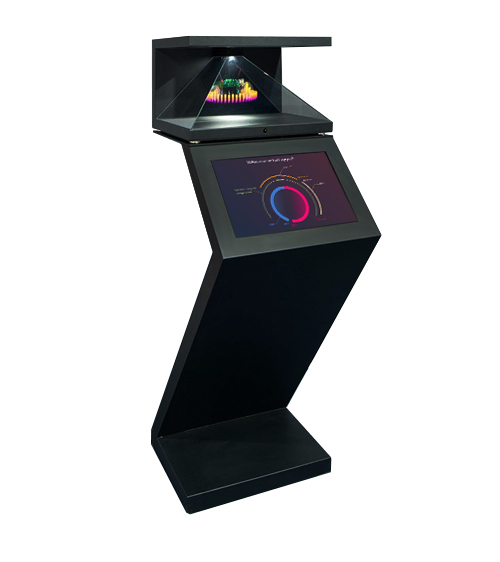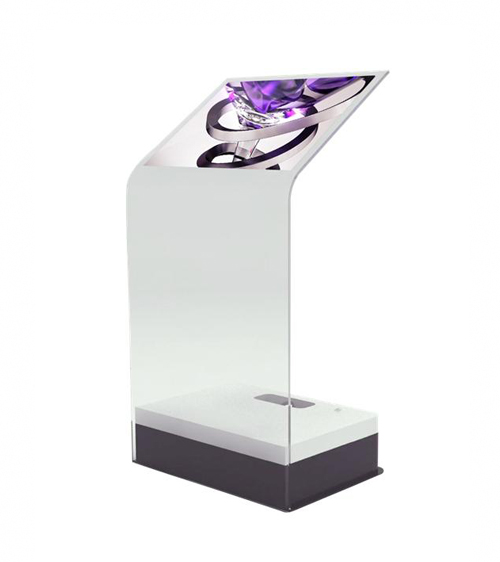Branding is of course far more than applying a badge or emblem on an organization. As we assert in our Shared Purpose perspective, the overall goal is at once simple and ambitious: to “engage employees and drive customer preference.” Your brand ultimately represents both the vision and the strategic position that you seek to convey to customers and employees alike.
A strong brand is perhaps the greatest strategic asset a company can have. Experienced leadership teams understand the power of brand to inspire employees, connect with customers and guide day-to-day decision making. But a truly high-performance brand can do even more. It can serve to stimulate innovation, driving new products and services that create new revenue streams, competitive differentiation and future business value.
Many firms still ignore many of the most powerful aspects of brand development. Stewardship of the brand has never been the exclusive purview of marketing. Every piece of the organization has a role. Many firms do quite well in the more “traditional” aspects of brand development like logo development and messaging, but fumble when it comes to linking branding innovation. This is quite ironic considering just how vital perpetual innovation has become to company success and even survival.
Innovation Is Not an Option – It Is an Imperative
Let us be clear – when it comes to innovation, there is no choice. Modern businesses must innovate to survive. New strategies, new technologies, new perspectives and new ideas are critical to succeeding in a constantly changing world. That means innovation needs to be a part of every brand. But that’s not to say that every organization needs to position its brand around innovation. Innovation is like oxygen – necessary for continued viability, but not sufficient in and of itself.
Innovation is not simply about new technologies. It can be new packaging, pricing, promotions, places as well as product extensions or experiences. Giving your employees and customers a new experience to engage them can represent far more powerful innovations than introducing a new technology that only offers incremental improvement over existing offerings.
The key to innovation is to move from a culture of reacting to change to a culture of inspiring change and creating new paths to growth. Innovation shouldn’t be merely one of a handful of corporate values, but rather innovation must be a key component of the brand your employees believe in – the brand that guides day-to-day behavior.
Building Innovation into a Brand
In our work with organizations looking to embed innovation in their brands, we see four key areas that form a solid foundation for creating an environment conducive to innovation:
Shared Purpose
A snappy new tagline with the word innovation in it isn’t likely to achieve much on its own. To make innovation a part of your brand, you must integrate innovation to your company’s core values and Shared Purpose. Shared Purpose drives strong brands and builds great cultures. By making innovation a key element of your brand and culture, you can create a clear value proposition that sets market expectations and the internal identity that inspires employee behavior.

Human-centered Brand Innovation
To build a brand that’s known to foster innovation, first understand the needs and wants of your customers and employees before attempting to innovate. Human-centered and Design Thinking-led approaches are effective strategies for improving products and services. They’re also great methodologies to unlock understanding about how people truly interact with and experience a brand. Through scenario planning, storyboarding and other design techniques, you can co-create, conceive and test the potential of different product enhancements, extensions or experiences that will engage both customers and employees alike.
Aligning Brand Portfolio and Identity
Just as brand innovation and product innovation are inextricably linked, product innovation within the entire portfolio that accretes to a cohesive whole strengthens your masterbrand. One-off innovation is far less valuable than understanding how each product innovation fits together to fulfill your brand’s promise. Product innovation should contribute to creating an entire ecosystem of your brand for customers. You need to take a step back and craft a cohesive innovation portfolio for your brand. If there are innovation opportunities that are incongruent with your brand portfolio, consider the need to introduce new brands to assure that the incongruities don’t dilute the cohesion of the master brand.
Every product, service and marketing touch point is a chance to make or break your brand’s promise to its stakeholders. The first thing that makes or breaks that promise is what customers see. For your brand to send a signal that you’re serious about innovation, your visual design system can’t be stuck in the past. It’s tricky. You need to change with the times, but also avoid chasing the design trend du jour. A deliberate, differentiated and forward-thinking visual identity primes audiences to take notice of a company that’s creating what’s next, and over time, becomes an instantly recognizable visual imprimatur of innovation.
Creating a Culture of Innovation
Organizations can only be successful by implementing ongoing innovation by building a culture of innovation. This means committing resources and talent to creating new ideas and being prepared, resourced and ready to take the risks associated with new innovation. It also means being ready to embrace both success and failure. Our Culture Framework can help organizations establish such a culture that enables, supports and sustains innovation. By aligning Leadership, Communications, Symbolism, Rewards & Recognition, Environment and Structure organizations can deploy a range of different strategies and tactics to encourage and enable a culture of innovation that can’t be achieved through communications alone.
Harness Your Brand As an Engine of Innovation
At iDesign, we believe that your brand can and should be a powerful force for inspiring and driving strategic innovation. Leveraging these four aspects of your brand helps ensure that your relationship with employees and customers remains focused on the future and endures over time.
But don’t wait. Every day you fail to innovate, you are falling behind.











